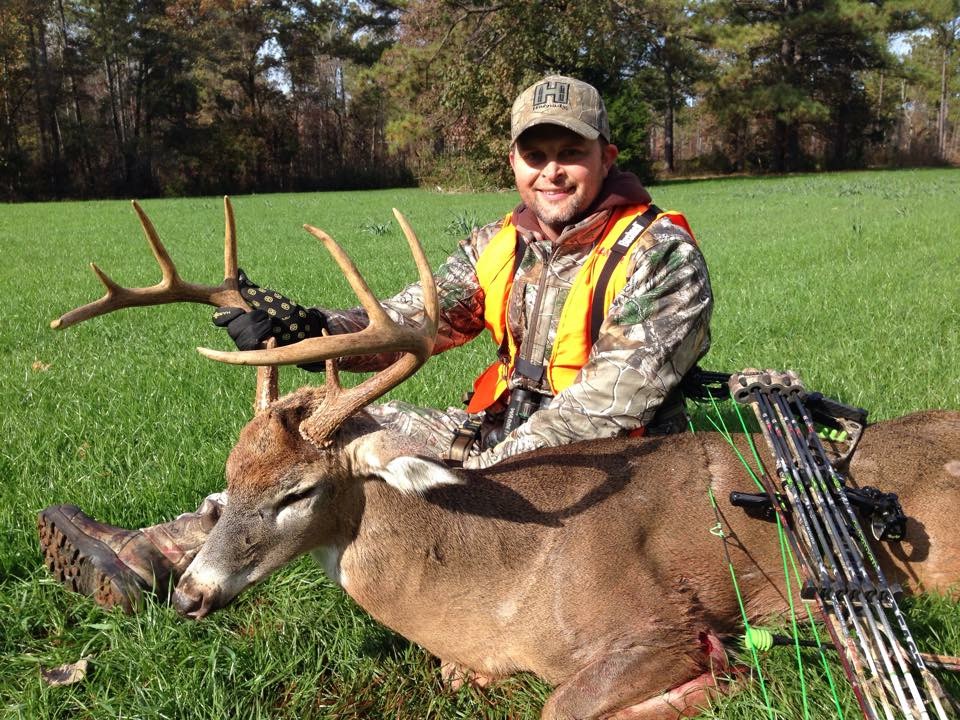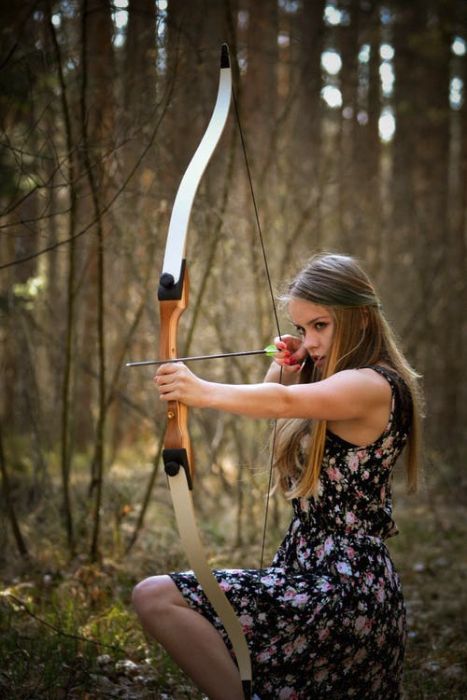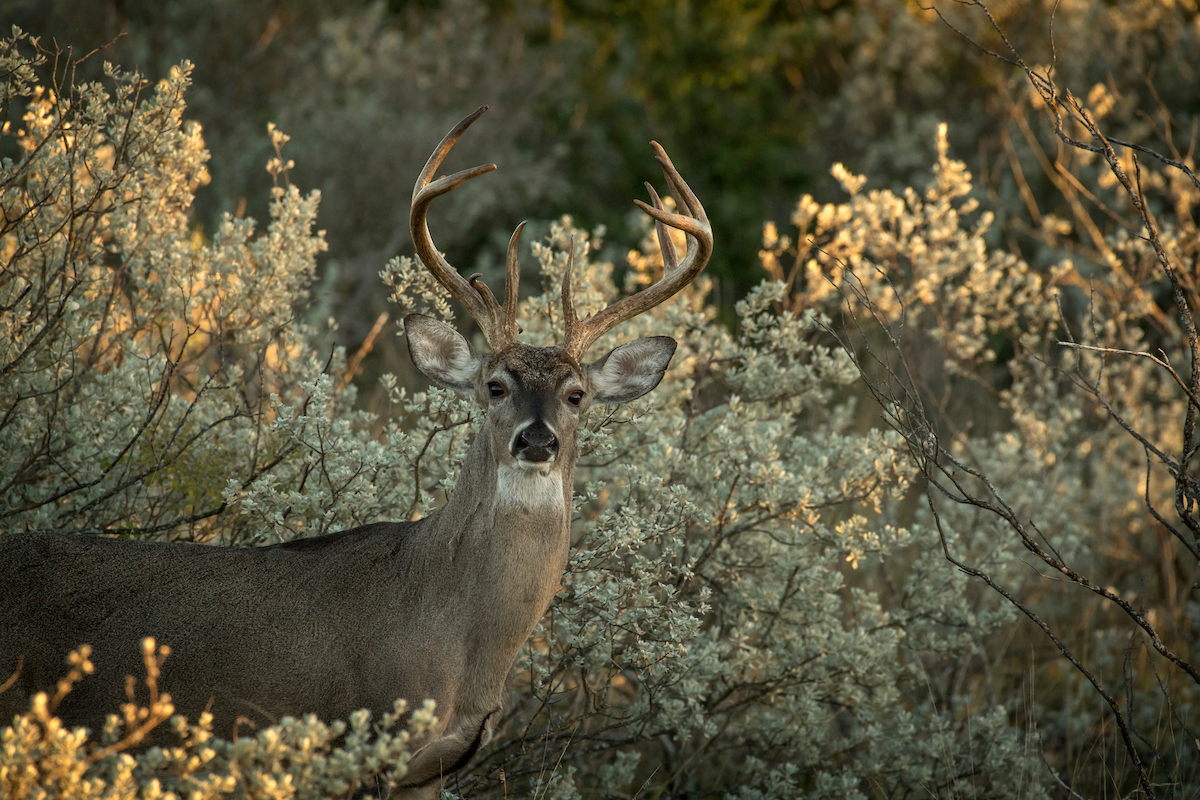
Bow hunting in rain brings many benefits. Rain can reduce the movement of large game animals. Rain also conceals your scent, so you have a lower chance of being detected. For tips on bow hunting in rain, read on. This type of hunting has many benefits. Below are the advantages and preparations for bow hunting under the rain. This article will make bow hunting in the rain easier for you.
Large game animals are less likely to move
Bowhunting under rain can have its pros and cons. Rain makes it more difficult to hear sounds. Since big game animals have the strongest sense of hearing, they feel less threatened. It rains more often, which makes it a great hunting area. Big game animals are more confident and can move better in the rain. There are some things to remember when bow hunting in rain. Learn how to use rain to your advantage.

Concealing your scent
It is essential to conceal your scent if you wish to hunt deer in rainy conditions. The rain washes away scent molecules, so deer will have a harder time detecting your presence. The distance between you and your target when hunting in rain should be between 30-50 yards. It is possible to hunt in a shorter distance but still need to pay attention to the direction the wind blows.
Bow hunting in rain: Benefits
There are many factors that affect bow hunting in the storm. Although a heavy rain can quickly wash out blood and scent, a light drizzle will help to keep it visible for longer. You may not be able hunting in the rain depending where you hunt. However, open terrain is easier to hunt. One of my recent experiences was bowkilling large whitetail bucks in the rain. The buck ran into a weedy pasture, tipped over and remained within bow range.
Preparation to bow hunt in the rain
You need to be extra careful when bow hunting in rain. For starters, if you're shooting from a tree stand, the puddles may make your arrows fly differently from when they are dry. Practice shooting in the rain and learn to adjust your form accordingly. Check your string for cracks, frets, and other issues when you are bow hunting in the rain. Cracks in your string could cause safety concerns as a broken string can result in your shot being unbalanced or falling out of your hand. It is important to fix a damaged bowstring immediately after you return from bow hunting in rain.
Avoiding rain-soaked feathers
You should be aware of these things when bow hunting under the rain. Arrows that are soaked with water will have a much harder time striking their targets, and you may not be as accurate as you might be otherwise. Rain can cause vision problems and reduce accuracy. You may also find yourself shooting at a bird that has an extremely short-range range and is not easily spotted by a sighted hunter.

Proper clothing for bow hunting in the rain
You will need to modify your clothing for bow hunting in the rain. You should choose synthetic clothing with internal membranes due to the high likelihood of rain and wind. These fabrics shed water and wind which makes it easier to draw your bow undetected. You can also substitute fleece clothing with an ear-flap hat. Also, you should bring your raincoat. You can also test your clothes before you go on a hunting trip to ensure that they are waterproof.
FAQ
What types of guns are legal to use?
There are many types of hunting weapons that you can use.
Hunting rifles, shotguns and handguns are the most common weapons used by hunters.
Rifles can be used to fire long-range bullets. Shotguns are often loaded with pellets. Handguns have the ability to fire bullets from the hand. Muzzle-loading firearms work in the same manner as modern-day pistols.
Crossbows are used for shooting arrows. Archery weapons are also known as bowhunters.
Special training is required to hunt with a crossbow. First, you must learn how to aim and shoot the weapon correctly.
How many Americans rely on hunting for their livelihood?
Over 300 million hunters reside in the United States. This means that hunters are twice as numerous as those who live in New York City.
Hunting is an American pastime that dates back centuries. Today, however, hunting for sport is less popular than ever. According to U.S. Only 2 percent of Americans hunt regularly, according to Fish & Wildlife Service (FWS). Young adults are even less likely to hunt regularly.
But while hunting may seem like a relic of another time, it remains popular among older generations. Recent research found that 68% of boomers plan on hunting again when they retire. Hunting for them is a way of connecting with nature and enjoying the outdoors.
For younger generations, however hunting isn’t necessarily a priority. In fact, according to the National Shooting Sports Foundation, only 18 percent of millennials consider themselves avid shooters.
FWS has been working hard to preserve America's wilderness places for everyone to enjoy.
In 2014, the agency launched its "Wild Lands" campaign to raise awareness about public lands across the country. The goal is to educate people about the importance of preserving these areas and encourage them to visit them.
Conservation efforts are also encouraged through the Wild Lands Program. FWS and National Rifle Association have partnered to create Project Gunter, a youth shooting sport program. This program teaches kids how firearms can be safely handled and helps them to develop skills such safety and marksmanship.
Project Gunter is expanding to include minorities and women. This has led to more children learning how to use guns and becoming active participants in wildlife conservation.
I don't know where to get a gun. What gun do I need?
A gun is required by law to hunt certain species.
Hunting licenses are required in most states. The type you choose depends on the game you are hunting and the state where you live.
A rifle, shotgun and handgun can be purchased at any sporting goods shop.
Be sure to select the right weapon for your purposes. A.22 caliber pistol might be a good choice if you are looking to hunt small game like squirrels, rabbits and pheasants.
Consider purchasing a larger caliber gun if your goal is to hunt large game like deer, elk or bears.
If you don't feel confident handling a weapon, do not buy it. Guns can be very dangerous. It is a dangerous tool.
Make sure the gun has been checked by a qualified gunsmith before you buy it. Ask the seller for instructions on how to load and unload your gun.
The warranty provided by the manufacturer should be reviewed. If no warranty is provided, ask the dealer to provide a guarantee.
Ask the dealer for a duplicate of their safety instructions. These documents should include details about safe storage, maintenance, and disposal.
Verify the serial number. If the serial number starts with "NIB", it means "New In Box," this indicates that the gun is brand-new.
If the serial number begins by an odd number, it means that the gun has previously been owned.
If you aren't sure whether the gun was ever used, please contact the manufacturer. They should be able to tell you more about its history.
Which state has the highest number of deer hunters?
Wyoming is the state that has the most deer hunter's. It also sells the most hunting licenses annually.
The state with the second-most deer hunters is South Dakota. It is third in terms of the number sold annually of hunting licenses.
New Hampshire is home to the most deer hunters. It is the least populous state in terms of hunting licenses per capita.
Is it legal to hunt bears Alaskan?
Yes, it is legal to hunt bears in certain areas of Alaska. To capture bears some hunters use traps. Others use dogs for tracking down bears.
Bear hunting is regulated by the Alaska Board of Game. Before they venture out into the woods to hunt bears, hunters must be issued a bear badge.
Denali National Park Preserve offers bear hunting. You can even take part in guided hunts that charge a lot of money to kill bears.
What are the many benefits of hunting?
Hunting is a long-standing tradition that has been practiced in many cultures. It was used for food and shelter as well as tools and medicine. In modern times, people still hunt for sport, but also for food and recreation. Hunted meat is usually eaten right after it has been killed. Skin, fur, feathers and bones of hunted animals are often sold as trophies.
Hunting isn’t just about eating, it’s a way that you can live.
People who hunt have strong family ties and friendships because they spend time together. They share stories, memories and laughs around campfires or over meals.
Hunting and nature are a joy for hunters, and this helps them appreciate the rest of our planet.
When they care for game animals, they learn responsibility and respect for others.
Conservation makes hunters better citizens. They help protect habitats and species. They are able to understand the amount of land and water that is necessary for survival.
Hunters make up a part of a larger group. Their families depend on them. They work together. They support local businesses.
Hunters are also able to give back to the community. Many Hunters donate money to support children, seniors, veterans, or other groups.
Hunters can also donate their time to help people in need. They could volunteer with the Red Cross, Humane Society or Humane Society.
Statistics
- Over the past 50 years, the number of hunting licenses in California has been on a rapid decline, falling 70% from more than 760,000 in the 1970s to under 268,000 in 2020—even as the state's population has skyrocketed, according to The Mercury News. (stacker.com)
- Thanks to the 1937 Pittman-Robertson Act, an 11% excise tax was placed on the sale of firearms, which were then used for conservation. (stacker.com)
- Licenses dropped from a peak of roughly 17 million in the 1980s to 15 million in 2019, according to The Seattle Times. (stacker.com)
- Less than 1% of Hawaii's population has a hunting license. (stacker.com)
External Links
How To
How to make a Deer Blind
A deerblind is a type hunting device used for hiding from game animals, such as deer, elk, and so on. It is usually made from wood or canvas and covered with branches or leaves. The hunter waits for the animal's arrival and hides in the enclosure. Hunting at night is easier with a deer blind.
There are many options for deer blinds. Some are portable while others are permanent structures. They are made from materials such as plywood, cardboard and plastic.
The most commonly used type of deerblinds is the box blind (also called box stand), which consists of a wooden box with roof and walls. Because they are simple to build and easy to transport, boxes are extremely popular.
A tree stand is another type of deer blind. Tree stands are natural looking so that it is not obvious they exist. Tree stands are usually permanently attached to trees.
Other types include ground blinds, which are similar to tree stands except they are built into the ground. Ground blinds can be camouflaged using grass, dirt or rocks. Ground blinds can also be called "ground boxes".
There are many different ways you can hunt in a deer blind. Another way to hunt with a deer blind is to simply wait for it to approach. You can also try moving around to scare away the animal. You should be quiet and not move too much if this is the method you choose. This could lead to an animal believing you are a threat and running off.
You will need to locate a spot where you can use the blind. Choose a spot that isn't likely to blow your scent towards animals. Also, avoid areas where people hike frequently.
Finally, make sure you know how to properly set up the deer blind, because the last thing that you want to happen is for the animal to see you and run away.